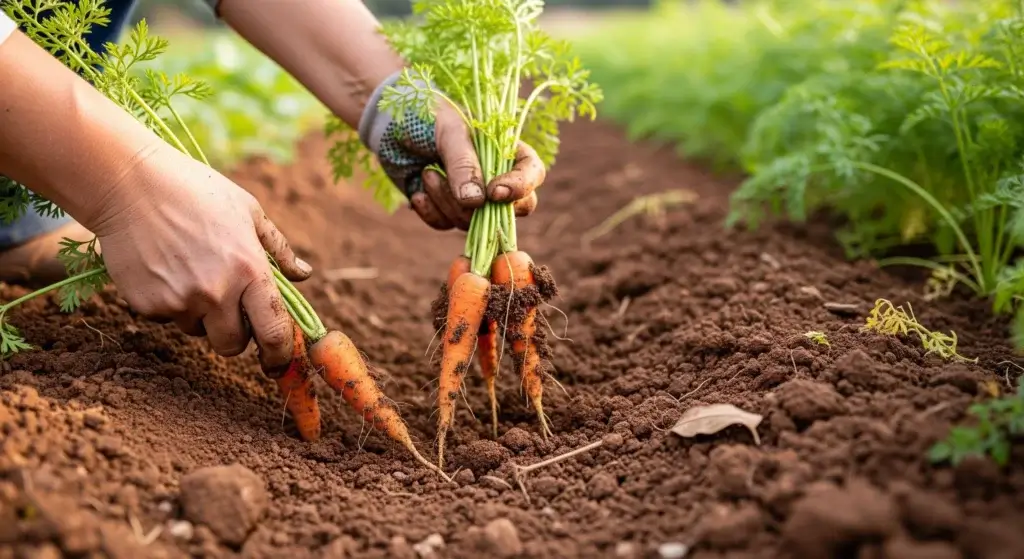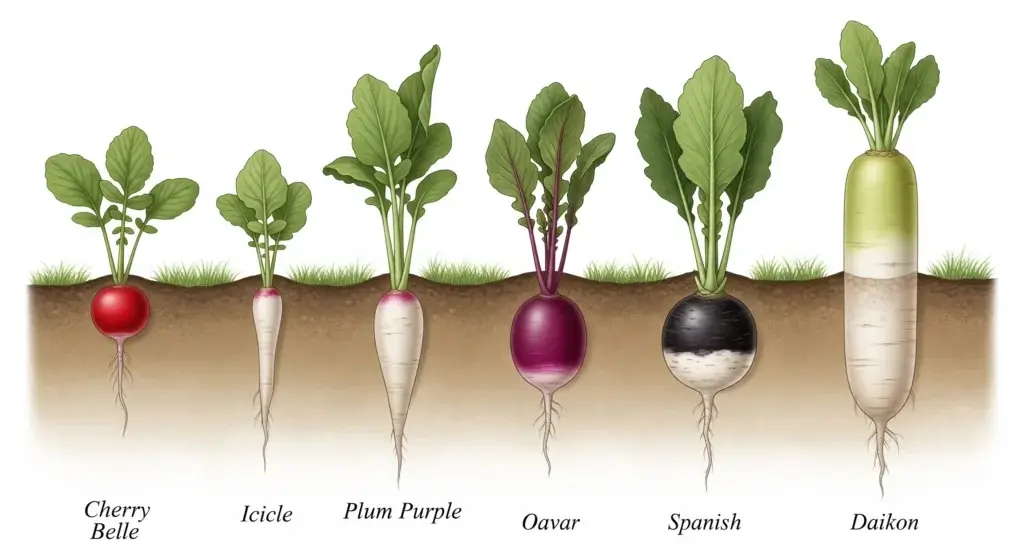
Gardening in hot and dry climates can be quite a challenge.
The intense sun, high temperatures, and lack of rain can make it difficult for plants to thrive.
One of the most crucial factors for plant health in these conditions is a proper watering schedule.
Whether you’re a seasoned gardener or a beginner, understanding how to water your plants effectively is key to keeping them healthy and beautiful.
In this blog post, we’ll discuss the importance of proper watering in hot and dry climates, the best times to water, and specific watering techniques for different plant types.
We’ll also provide tips for efficient watering and address some special considerations you need to keep in mind.
Importance of Proper Watering in Hot and Dry Climates
In hot and dry climates, water is a precious resource, and using it wisely is essential.
Proper watering ensures that plants get the moisture they need to survive and grow without wasting water.
Water conservation
In areas with hot, dry climates, water is a limited resource.
It’s important to use water efficiently to conserve it for other needs, such as drinking water and agriculture.
Proper watering means giving plants just the right amount of water they need—no more, no less—so that none is wasted.
- Read also: A Step-by-Step Guide: DIY Self-Watering Raised Garden Bed
- Read also: A Step-by-Step Guide: The Easy DIY Self-Watering Herb Garden
Plant health
Water is essential for plants to survive, but too much or too little can harm them.
Overwatering can lead to root rot, a condition where the roots are suffocated and start to decay because they’re sitting in water for too long.
On the other hand, underwatering can cause plants to become dehydrated, leading to stunted growth, wilting, or even death.
Finding the right balance is key to keeping your plants healthy.
Efficient growth
Plants need water to carry nutrients from the soil to their leaves and flowers, which is vital for their growth.
In a hot and dry climate, plants may lose water quickly through evaporation, so they need regular watering to stay hydrated.
However, it’s important to water them at the right time of day and in the right amount to ensure they can absorb the moisture effectively.

Best Time to Water Plants in Hot Weather
Timing is everything when it comes to watering plants in hot weather.
The best time to water your plants is early in the morning, before the sun gets too high.
This allows the water to soak into the soil and reach the roots before it evaporates.
Watering in the evening is also an option, but it can increase the risk of fungal diseases because the foliage remains wet overnight.
According to a study by the American Society of Horticultural Science, watering in the morning can reduce water loss due to evaporation by up to 50% compared to watering in the middle of the day.
By watering early, you ensure that your plants get the moisture they need while conserving water.
Watering Techniques for Different Plant Types
Different plants have different water needs, and it’s important to tailor your watering schedule to suit each type.
Here’s a breakdown of how to water various plant types effectively:
Trees and shrubs
Trees and shrubs have deep root systems that require thorough watering.
In hot and dry climates, it’s best to water them deeply but infrequently.
This encourages roots to grow deeper into the soil, making the plants more drought resistant.
Use a slow trickle or a soaker hose to water the base of the plant, allowing the water to penetrate deeply into the soil.
Generally, watering every 7-10 days is sufficient, but this can vary depending on the size and type of tree or shrub.
Perennials
Perennials, such as lavender and coneflowers, need regular watering to establish themselves, especially in their first year.
Once established, many perennials can tolerate drought conditions, but they still benefit from occasional deep watering.
Aim to water perennials once a week, providing about an inch of water each time.
Mulching around perennials can help retain moisture and reduce the need for frequent watering.
Vegetables
Vegetable gardens require consistent moisture to produce healthy crops.
In hot and dry climates, vegetables may need to be watered daily or every other day, depending on the temperature and soil type.
Drip irrigation or soaker hoses are ideal for vegetable gardens, as they deliver water directly to the soil and reduce evaporation.
A good rule of thumb is to provide about 1-2 inches of water per week but be sure to adjust based on the specific needs of your plants and weather conditions.
Annuals
Annuals, such as marigolds and petunias, typically have shallow root systems and need more frequent watering than perennials or shrubs.
In hot weather, they may require daily watering, especially if they are in containers or hanging baskets.
Water annuals until the soil is moist but not soggy and try to water at the base of the plant to avoid wetting the foliage.
Lawns
Lawns in hot and dry climates can be tricky to maintain without wasting water.
The key is to water deeply and infrequently, encouraging deep root growth.
Water your lawn early in the morning and aim for about 1 inch of water per week, which is usually enough to keep most grass types healthy.
If possible, use a sprinkler system with a timer to ensure even coverage and minimize water waste.
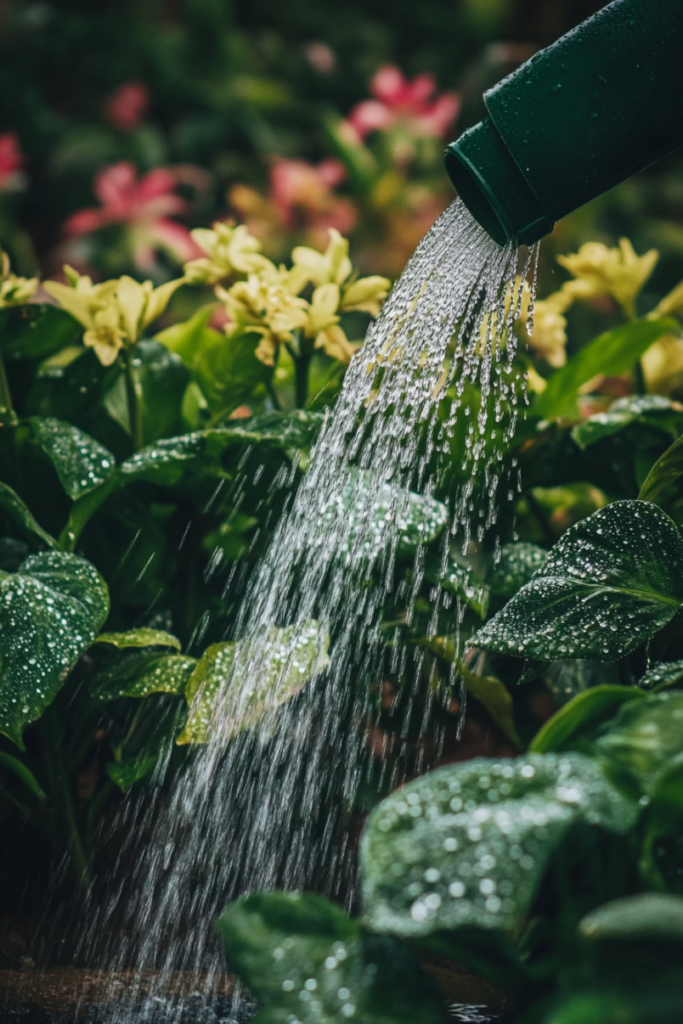
Tips for Efficient Watering
Efficient watering is all about maximizing the amount of water that reaches the plant roots while minimizing waste.
Here are some tips to help you water your garden more efficiently:
Use mulch
Mulching is one of the best ways to conserve water in your garden.
When you spread a layer of mulch, like wood chips, straw, or even compost, around your plants, it helps the soil retain moisture.
The mulch acts like a blanket, reducing evaporation and keeping the soil cool.
Water at the right time
As mentioned earlier, water early in the morning or late in the evening to reduce evaporation.
If you water in the middle of the day, when it’s hot, much of the water will evaporate before it can soak into the soil, making your efforts less effective.
Check soil moisture
Before you reach for the hose, take a moment to check the soil’s moisture level.
You can do this easily by sticking your finger into the soil near your plants.
If the soil feels moist an inch or two below the surface, your plants likely have enough water for now, and you can wait a day or two before watering again.
Group plants with similar water needs
Different plants have different water needs. By grouping plants with similar water requirements together, you can water more efficiently.
For example, plants that need more water can be placed together, while drought-tolerant plants are grouped in another area.
Use drip irrigation or soaker hoses
Drip irrigation systems and soaker hoses are excellent tools for efficient watering.
Unlike sprinklers, which can waste water through evaporation and runoff, these methods deliver water directly to the soil and roots where it’s needed most.
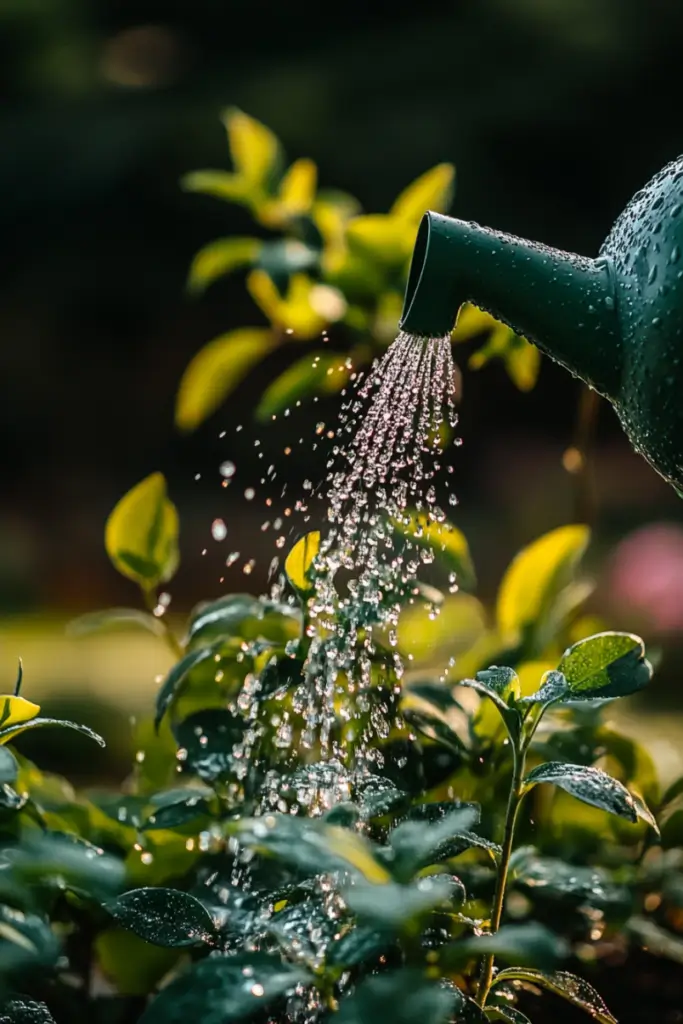
Special Considerations
In addition to the general guidelines above, there are some special considerations to keep in mind when watering plants in hot and dry climates:
Container plants
Plants in containers dry out faster than those planted in the ground because their roots are more exposed to the air.
In hot weather, the soil in containers can become dry very quickly.
Check the moisture level daily by feeling the top inch of soil.
Newly planted trees and shrubs
Newly planted trees and shrubs need extra water to establish their roots.
During their first year, they should be watered deeply once or twice a week.
Deep watering encourages the roots to grow down into the soil, making the plants stronger and more drought-resistant in the future.
Sandy soil
If your garden has sandy soil, you’ll need to water more frequently because sandy soil drains water quickly.
To help improve water retention, consider adding organic matter like compost to the soil.
This helps the soil hold onto moisture longer, giving your plants more time to absorb the water.
Drought-resistant plants
In very hot and dry areas, it’s wise to choose drought-resistant plants that require less water.
These plants are adapted to survive with minimal moisture, making them an excellent choice for conserving water in your garden.
Native plants are often a good option, as they are well-suited to the local climate and conditions.
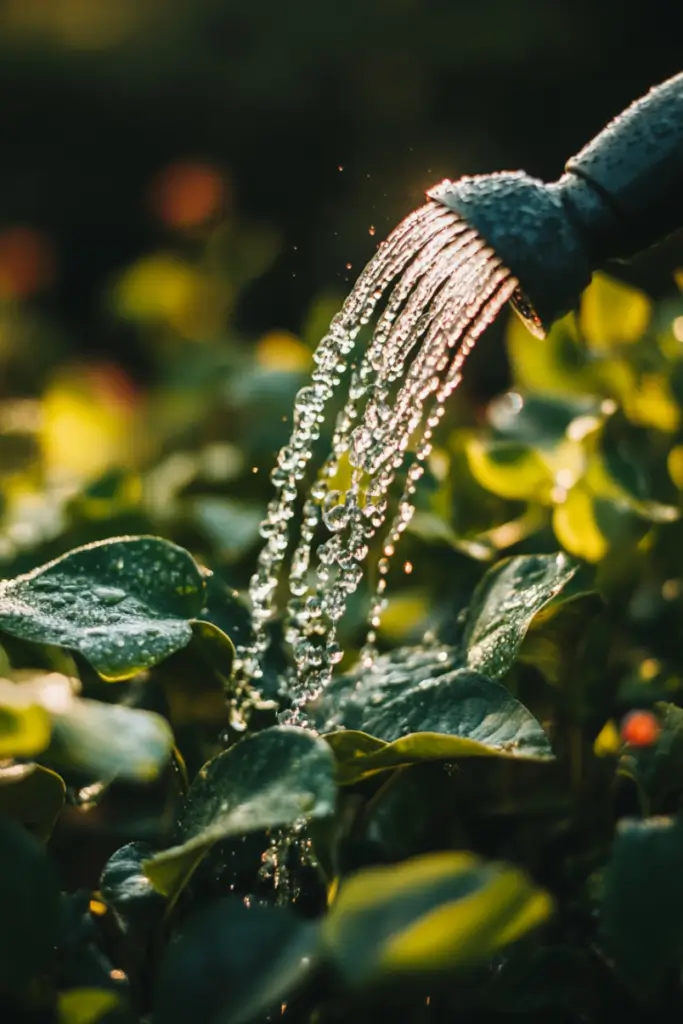
- Read also: Hydration Innovation: DIY Plant Watering Bottle Ideas
- Read also: A Comprehensive Guide: Hanging Plant Watering System
Final Thoughts
Watering plants in hot and dry climates can be challenging, but with the right strategies, you can keep your garden thriving.
Remember to water deeply and infrequently, choose the right time of day, and adjust your watering schedule based on the needs of your plants and local conditions.
By using water efficiently and wisely, you can enjoy a beautiful, healthy garden even in the hottest and driest weather.
FAQs
The frequency of watering depends on the plant type, soil conditions, and weather. Generally, deep and infrequent watering is best for trees and shrubs, while vegetables and annuals may need more frequent watering.
Check the soil moisture by sticking your finger into the soil. If it feels dry, it’s time to water. Wilting or yellowing leaves can also be signs of water stress.
Yes, overwatering can lead to root rot and other problems. It’s important to let the soil dry out slightly between waterings, especially for plants with deep root systems.
Yes, many drought-resistant plants, such as succulents and certain perennials, require less water and are well-suited to hot and dry climates.

